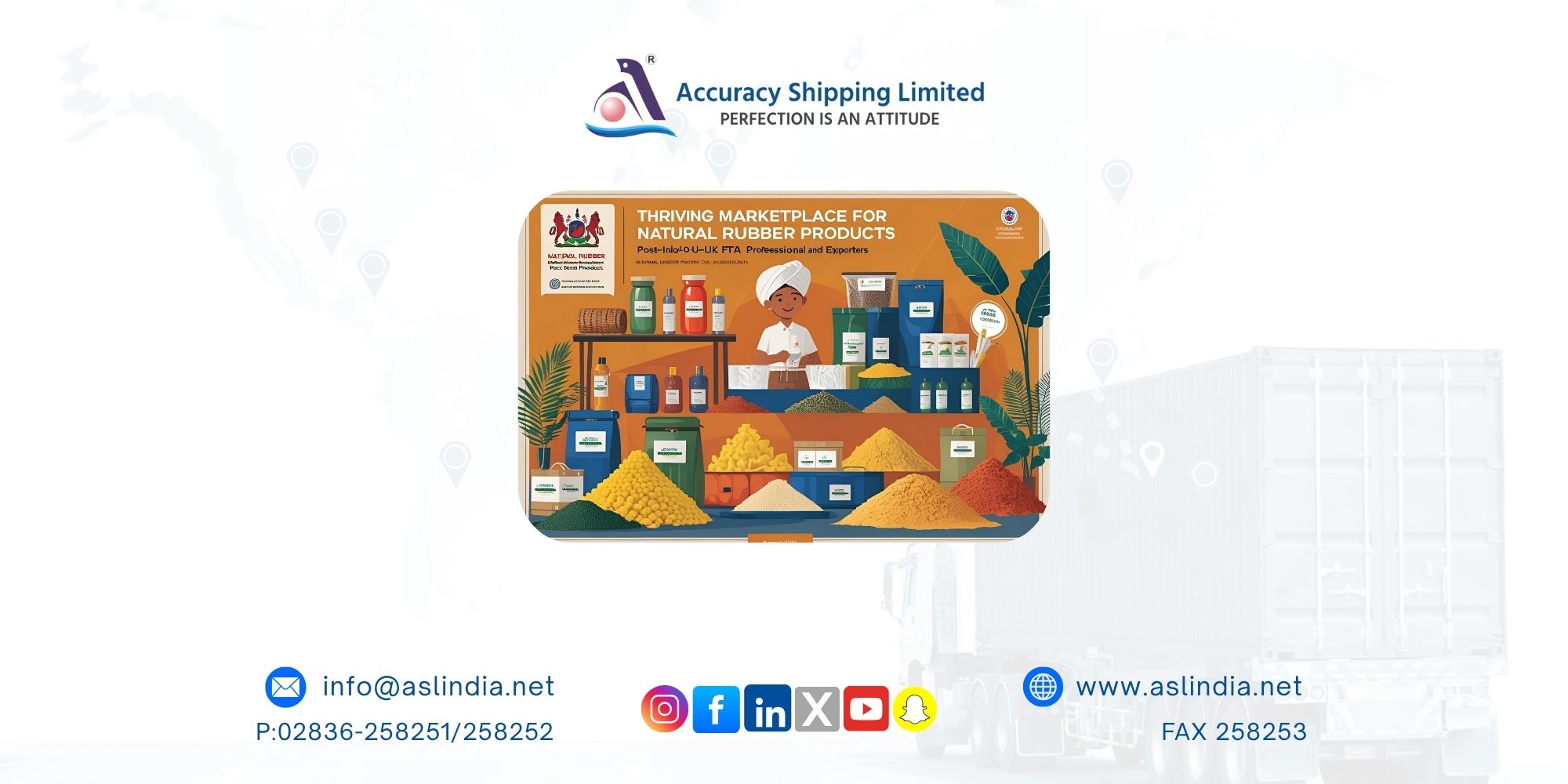Indo-UK FTA to boost natural rubber product exports

The upcoming India-UK Comprehensive Economic and Trade Agreement (CETA) is poised to transform the landscape of India’s natural rubber and rubber products industry. With provisions that offer tariff-free access to the UK market, the agreement is expected to provide a major impetus to exports and fuel economic growth in the sector.
Opening New Doors for Exporters
According to Binoy Kurian, Deputy Director (Marketing), Rubber Board, the agreement will be a welcome boost for the natural rubber and rubber product segments. With rubber and rubber products falling under staging category “A” which ensures complete elimination of tariffs Indian exporters stand to benefit significantly. The removal of these tariff barriers is likely to accelerate exports to the UK, which currently stand at $150.80 million, and are expected to grow in the coming years.
Addressing the Domestic Supply Gap
Although natural rubber (NR) is not actively promoted for export due to a domestic supply deficit, it is used as a strategic tool to balance short-term demand and supply mismatches. The Rubber Board, functioning as the export promotion council for NR (HS 4001), considers limited exports as a way to tackle prolonged low domestic prices when international prices are higher. Kurian emphasized that despite India not being a major exporter of NR, this new opportunity can reinvigorate the domestic rubber sector.
High Potential in Concentrated Latex Exports
One promising segment is concentrated latex grade rubber (HS 40011010), a key NR export to the UK. With tariffs eliminated under the CETA, this segment may see increased demand from UK buyers, which will ultimately benefit Indian rubber growers. Furthermore, India’s rubber product exports to the UK already show strong growth, with $150.80 million worth of exports marking an 11% increase over the previous year.
Opportunities and Challenges for Rubber Manufacturers
Shashi Singh, President of the All India Rubber Industries Association, pointed out that while the FTA offers great export potential by reducing tariffs and aligning standards, Indian manufacturers must be prepared for stricter environmental and quality norms. This is particularly important as UK companies may also seek to establish a stronger presence in India’s rapidly growing industrial and automotive sectors.
Conclusion
The India-UK FTA marks a promising chapter for India’s rubber industry, especially for exporters looking to expand their presence in developed markets. With tariff-free access, potential market expansion, and opportunities for sectoral growth, this agreement has the potential to reshape the future of India’s natural rubber trade. However, success will also depend on how effectively Indian exporters adapt to international standards and leverage this strategic opportunity to their advantage.







